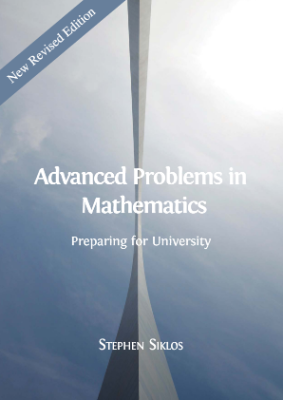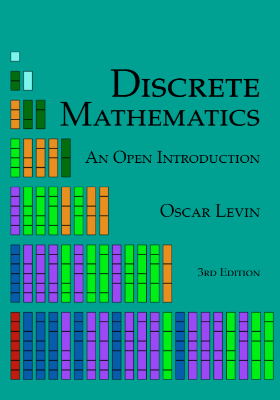An antidote to mathematical rigor mortis, teaching how to guess answers without needing a proof or an exact calculation. In problem solving, as in street fighting, rules are for fools: do whatever works—don’t just stand there! Yet we often fear an unjustified leap even though it may land us on a correct result. Traditional mathematics teaching is largely about solving exactly stated problems exactly, yet life often hands us partly defined problems needing only moderately accurate solutions. This engaging book is an antidote to the rigor mortis brought on by too much mathematical rigor, teaching us how to guess answers without needing a proof or an exact calculation. In Street-Fighting Mathematics, Sanjoy Mahajan builds, sharpens, and demonstrates tools for educated guessing and down-and-dirty, opportunistic problem solving across diverse fields of knowledge—from mathematics to management. Mahajan describes six tools: dimensional analysis, easy cases, lumping, picture proofs, successive approximation, and reasoning by analogy. Illustrating each tool with numerous examples, he carefully separates the tool—the general principle— from the particular application so that the reader can most easily grasp the tool itself to use on problems of particular interest. Street-Fighting Mathematics grew out of a short course taught by the author at MIT for students ranging from first-year undergraduates to graduate students ready for careers in physics, mathematics, management, electrical engineering, computer science, and biology. They benefited from an approach that avoided rigor and taught them how to use mathematics to solve real problems.
1: Dimensions
Our first street-fighting tool is dimensional analysis or, when abbreviated, dimensions. To show its diversity of application, the tool is introduced with an economics example and sharpened on examples from Newtonian mechanics and integral calculus.
1.1: Economics- The power of multinational corporations
Critics of globalization often make the following comparison [25] to prove the excessive power of multinational corporations:
In Nigeria, a relatively economically strong country, the GDP [gross domestic product] is $99 billion. The net worth of Exxon is $119 billion. “When multi- nationals have a net worth higher than the GDP of the country in which they operate, what kind of power relationship are we talking about?” asks Laura Morosini.
Before continuing, explore the following question:
What is the most egregious fault in the comparison between Exxon and Nigeria? The field is competitive, but one fault stands out. It becomes evident after unpacking the meaning of GDP. A GDP of $99 billion is shorthand for a monetary flow of $99 billion per year. A year, which is the time for the earth to travel around the sun, is an astronomical phenomenon that has been arbitrarily chosen for measuring a social phenomenon namely, monetary flow.
Suppose instead that economists had chosen the decade as the unit of time for measuring GDP. Then Nigeria’s GDP (assuming the flow remains steady from year to year) would be roughly $1 trillion per decade and be reported as $1 trillion. Now Nigeria towers over Exxon, whose puny assets are a mere one-tenth of Nigeria’s GDP. To deduce the opposite conclusion, suppose the week were the unit of time for measuring GDP. Nigeria’s GDP becomes $2 billion per week, reported as $2 billion. Now puny Nigeria stands helpless before the mighty Exxon, 50-fold larger than Nigeria.
A valid economic argument cannot reach a conclusion that depends on the astronomical phenomenon chosen to measure time. The mistake lies in comparing incomparable quantities. Net worth is an amount: It has dimensions of money and is typically measured in units of dollars. GDP, however, is a flow or rate: It has dimensions of money per time and typical units of dollars per year. (A dimension is general and independent of the system of measurement, whereas the unit is how that dimension is measured in a particular system.) Comparing net worth to GDP compares a monetary amount to a monetary flow. Because their dimensions differ, the comparison is a category mistake [39] and is therefore guaranteed to generate nonsense.











